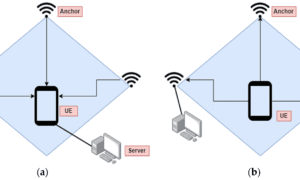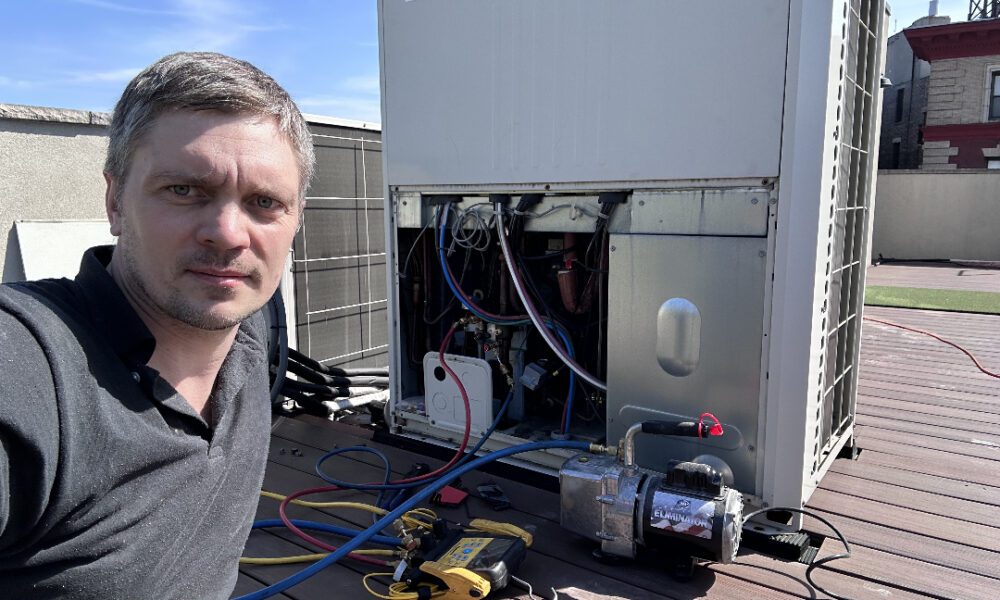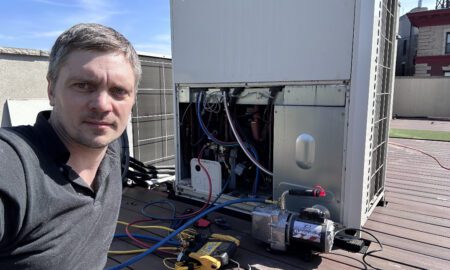The primary focus of automobile development has always been making vehicles as safety as possible for their passengers. There has never been a more critical time to meet these performance standards than now, as the sophistication of modern automobiles increases at an exponential rate. While modern conveniences are helpful, they also provide opportunities for novel hazards and new failure modes that current state of the art cannot comprehensively identify prior to product design .
- Engineers are focusing on improving the efficiency of powertrains and battery management systems, as the market for electric vehicles has already surpassed $384 billion by 2022. By investing greater resources into embedded control software, vision systems, and sensors, automakers seek to secure a piece of the worldwide autonomous vehicle industry, which is expected to be worth $869.30 billion by 2027. Advanced safety analysis techniques such as STPA+(patent pending: 9) help synchronise automobile design and development to improve the safety margin further.
All novel ideas related to automobile design and development must be tested in various real-world settings to ensure they operate consistently and reliably before they can be brought to market. Electronics must also be tested to ensure they operate as an entire system, necessitating the design of a safe, secure, and resilient architecture, verifying each integration point, and fixing any flaws. To ensure that it happens smoothly without any hitches, you will need effective analysis techniques such as STPA+ which ensure a safe design; and also include proven processes – SEEPASS®( Simple Effective & Efficient Processes for Assuring Safety & Security) that help you deliver safe, secure & reliable products, that customers actually want, on time, and on budget.
Development of Secure Embedded Systems
The flawless operation of today’s sophisticated electronic systems in vehicles is ensured by the inclusion of millions of lines of embedded software code that are hidden behind the scenes of these systems. To protect the drivers, it is necessary to inspect each line of code as well as the complete programme model and make sure that it performs as it should. To confirm that this code is safe and complies with all rules, engineers need to run it through a battery of rigorous tests.
Automatic and Robust Safety Analysis
An automotive functional safety study is carried out to ensure that the vehicle’s electronic components always behave as expected and that any potential malfunctions of the system do not present an unacceptable hazard. To be thorough, this evaluation needs to consider the complete electrical architecture, right down to the chip level.
Comprehensive Analysis of Cyber Risks
Vehicles are now more susceptible to being hacked as a direct result of the increased use of software and increased access to the internet. Recent news stories and the adoption of the ISO 21434 cybersecurity standard have pushed cybersecurity research to the forefront of the automotive sector’s research and development pipeline.
Automobile companies must invest in robust security analysis techniques such as STPA+, which can help them focus on a car’s security issues at a granular level, and enable integrated and coordinated analysis of safety & security. As automobile technology evolves, the challenges associated with it will also change. Companies should focus on strengthening their workflow, improving their security audit, and using embedded security mechanisms to find and mitigate any security threats in real time so that car users can enjoy a safe and comfortable ride.



































